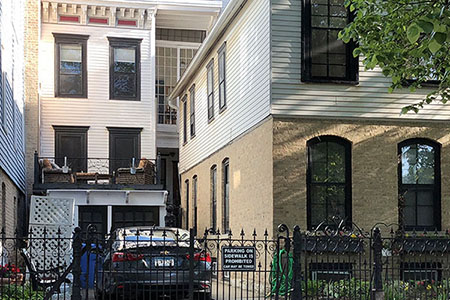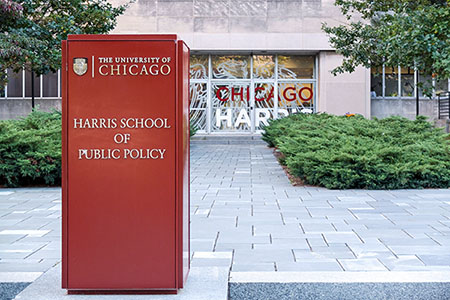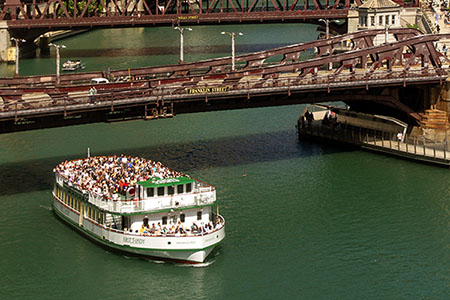MCO Editorial – Form, function, and inspiration… Apr. 11, 2011 – If the architecture thing had not worked out, Bertrand Goldberg probably would have been an actor. You can see it in his work. An elegant, simple design rooted in solid math and engineering but always with a dramatic flourish. This is the guy who studied the work of Mies van der Rohe, a brilliant designer of rectilinear buildings, and wanted nothing to do with straight lines. After Marina City, Goldberg worked on 18 more projects, including the Raymond Hilliard Homes, designed to give lower-income residents a home they could be proud of. River City – even scaled down, it represented a Utopian view of housing grounded in practical engineering. And then there is Prentice Women’s Hospital. Completed in 1974, this awe-inspiring structure on East Superior Street is a sturdy rectilinear base with a flourish of four monolithic concrete cloverleaves dotted with oval windows. It may only be seven stories tall, but it has a towering presence. Just like Marina City, the first time you see it, a confused voice in your head tells you it cannot be real.
In an editorial published today (“Past and future”), the Chicago Tribune agrees, saying this is “a conflict between art and science” and that the Prentice building “is not much more than a minor architectural gem.” A minor architectural gem? Then why has 42nd Ward Alderman Brendan Reilly gotten involved and secured a 60-day delay of the demolition permit? Why has the historic preservation group Landmarks Illinois declared Prentice so worth saving it has put the building on its list of the state’s top ten endangered historic places? Why are three Chicago architecture firms working pro bono to help Landmarks Illinois prepare a study of how the building can be re-used? Although the study has not even been released, the Tribune has already dismissed it. “We’re all for listening to the ideas, but a heavy burden falls on preservationists to make a case for denying Northwestern’s ambitious plans. We doubt they can make that case.” Marina City Online agrees with architecture writer Lynn Becker, that Prentice Hospital is “an absolutely essential piece of architecture history.” We agree with Chicago Tribune architecture critic Blair Kamin, who said just last month, and must not have been consulted for the editorial, that tearing down Prentice would be an example of how “Chicago destroys architectural landmarks as fast as the city builds them.” We are all in favor of progress, but not at the cost of destroying critical parts of Chicago’s rich architectural heritage. You can almost hear the condescending tone in the voice of the Tribune editorial. “Absent some stunning proposal from preservationists, Northwestern should be permitted to clear the old building and make the best use of the land.” We know first hand the passion Goldberg’s work inspires in intelligent people. The proposal from Landmarks Illinois will be nothing short of stunning. – Steven Dahlman, Editor, MarinaCityOnline.com – news@loopnorth.com |














